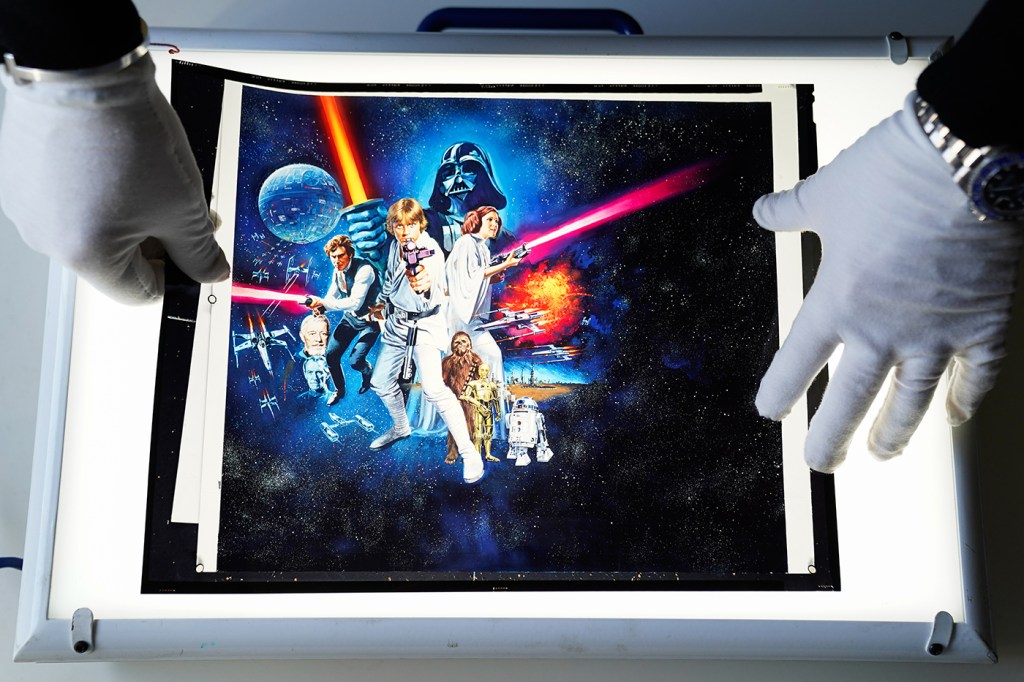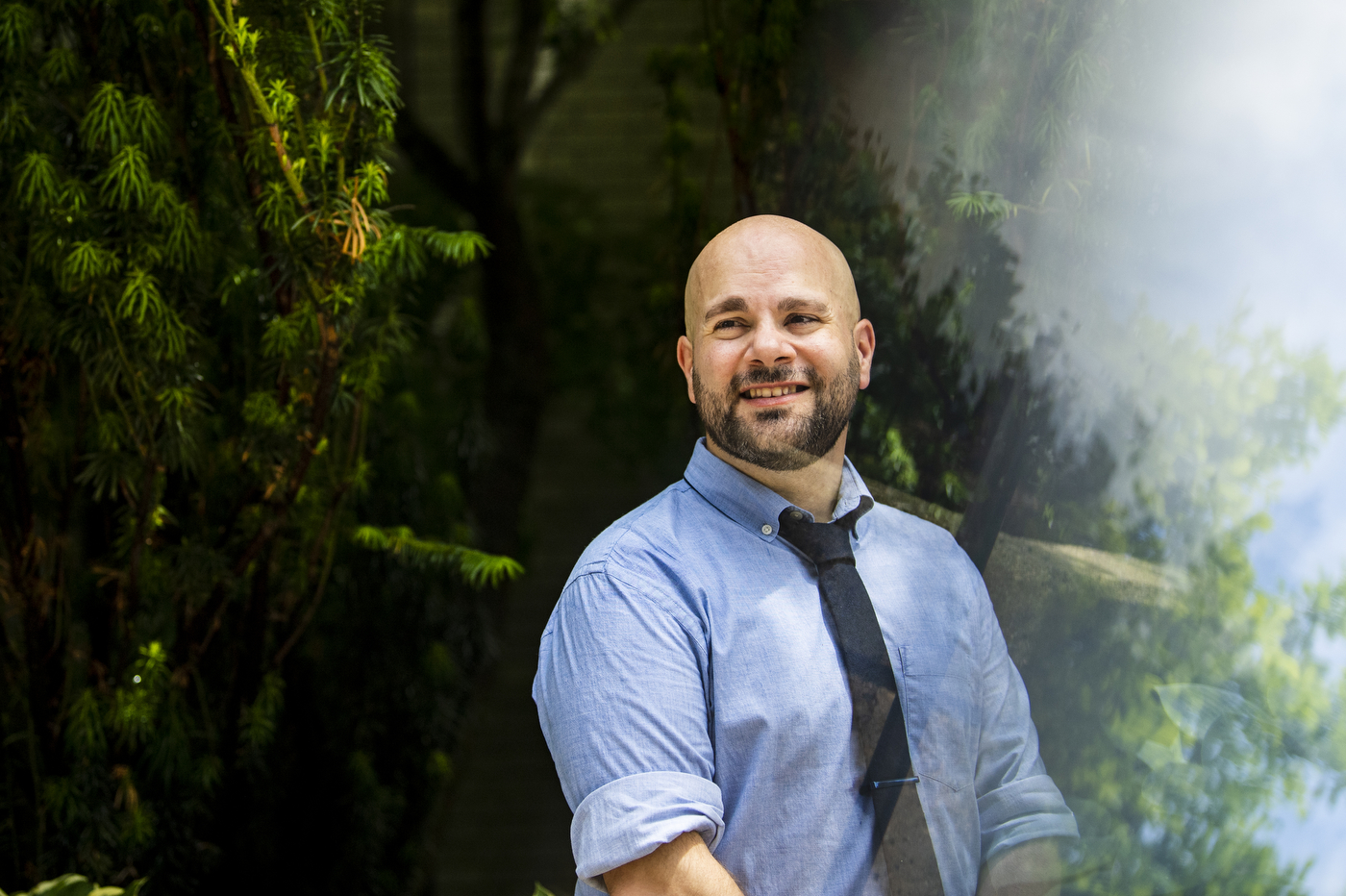The science of nostalgia: Why audiences can’t get enough of Star Wars, Top Gun and Stranger Things

Pop culture is full of instantly recognizable iconography, images and sounds that reach into our brains and pull us back in time. Hollywood has been mining the past for cinematic gold, increasingly relying on reboots, remakes and sequels.
The latest Star Wars show, “Obi-Wan Kenobi,” the super-sized fourth season of ‘80s homage “Stranger Things,” and “Top Gun: Maverick” came out within weeks of one another. “Jurassic World: Dominion,” which hit theaters this week, was not far behind. Why has nostalgia become a driving force for the entertainment industry and why do the pop culture properties of the past hold so much sway over us?
According to Juliet Davidow, the answer lies somewhere in our brains.

An assistant professor in psychology, Davidow works in Northeastern’s Learning and Brain Development Lab, specifically on research into adolescent brain development.
The reason fans continue to invest in films and TV shows that they first saw as children or adolescents may have something to do with how memory is formed, Davidow says.
“If you get these signals in your environment that something really good is happening or something really exciting or novel is happening, your brain is likely to encode that information,” Davidow says. “Then, we do know from a body of research looking retrospectively at adults that there are these reminiscent bumps, that teenage events tend to be the kinds of things that adults remember fondly.”
The human brain has a network of regions that work together to form and store memories, but, Davidow says, it takes time for that network to connect and develop. In adolescence, the neural network is still growing and getting stronger. Davidow says researchers have found that memories created during adolescence tend to get captured and encoded more strongly. This is especially true for memories associated with new, exciting experiences, like seeing a lightsaber ignite for the first time on the big screen.
Add to that the fact that motion and sound are massive signals for the human brain, and it’s no wonder that Star Wars, Harry Potter and Marvel take up so much nostalgic real estate in the minds of fans.
“There’s an entire chunk of the brain just dedicated to processing motion through our eyes, so I would bet filmmakers accidentally have stumbled into this in thinking about how to capture our attention,” Davidow says. “Parents of infants do this when they shake their keys at babies.”
The movement and sound of a lightsaber works in much the same way, Davidow says.

In addition, film studios and streaming companies have keyed into the financial value of nostalgia in new ways, Steve Granelli, an assistant teaching professor in communication studies, says.
According to Granelli, pop culture is nostalgic by nature––it’s like the “thumbprint left behind by a generation.” But with streaming platforms like Netflix, Disney Plus, and HBO Max building up libraries of films and T.V. shows from every era, audiences are now able to revisit and form nostalgic attachments with the push of a button.
“Since we can engage with that, the nostalgia aspect isn’t just looking back––now we want to experience it anew,” Granelli says. “We can experience all the old things, but now we can experience that same general thing but given a little bit of a twist on it.”
It doesn’t surprise Granelli that nostalgia is the defining characteristic of current major studio filmmaking. An intellectual property that is tried and true and comes with a built-in audience––like Star Wars, Marvel or Jurassic Park––lessens the risk for film studios that have become even more risk averse as budgets have ballooned and theatergoing audiences have shrunk in recent years. The end result is that the reliance on nostalgic franchise filmmaking and surefire hits has affected the kinds of films that get made today, Granelli says.
“These $30, $40, $50 million dollar movies, they don’t exist anymore, and they don’t exist anymore not because the auteurs aren’t there, not because the stories aren’t,” Granelli said. “It’s because they’re not going to be profitable.”
While playing up nostalgia can engender goodwill from fans––Granelli points to “The Force Awakens,” the 2015 kickoff to the latest Star Wars trilogy––taking creative risks with major intellectual property that has nostalgic baggage can also be risky. For Granelli, the intense backlash to “The Last Jedi,” the followup to “The Force Awakens,” is a case study in how nostalgia, memory and pop culture can curdle into something toxic.
Granelli says films and TV are impermanent forms of public memory. They exist only in the memory of audiences, and that memory does not always harmonize with how creators want to tell a story.
“There’s a lot that we can learn from our study of public memory that we can apply in media studies and in popular culture because we go, yes, maybe there are people who are seeing these three Star Wars … as permanent memorials, but [they say,] ‘No, you’re reshaping my memory of this,’” Granelli says.
Davidow says some research has found that emotional memories, while more strongly encoded, tend to be more inaccurate.
“You make a memory in the first place, you take it out of its drawer to share it with your friends, and then as you’re putting it back into the drawer, it can carry along with it new stuff that wasn’t part of the original memory,” Davidow said. “That could also be partly why memories for very emotional things don’t always seem to be reflected accurately because we may tell those stories more often.”
And with the record-shattering box office performance of “Top Gun: Maverick” and “Jurassic World: Dominion” biting at its heels this weekend, Granelli said studios will continue to tell these stories.
“I know that’s probably the new tentpole idea for a lot of studios that say, ‘We need our ‘Top Gun: Maverick,’” Granelli said. “There’s going to be some bad stuff, some big swings. It’ll be interesting.”
For media inquiries, please contact media@northeastern.edu.






